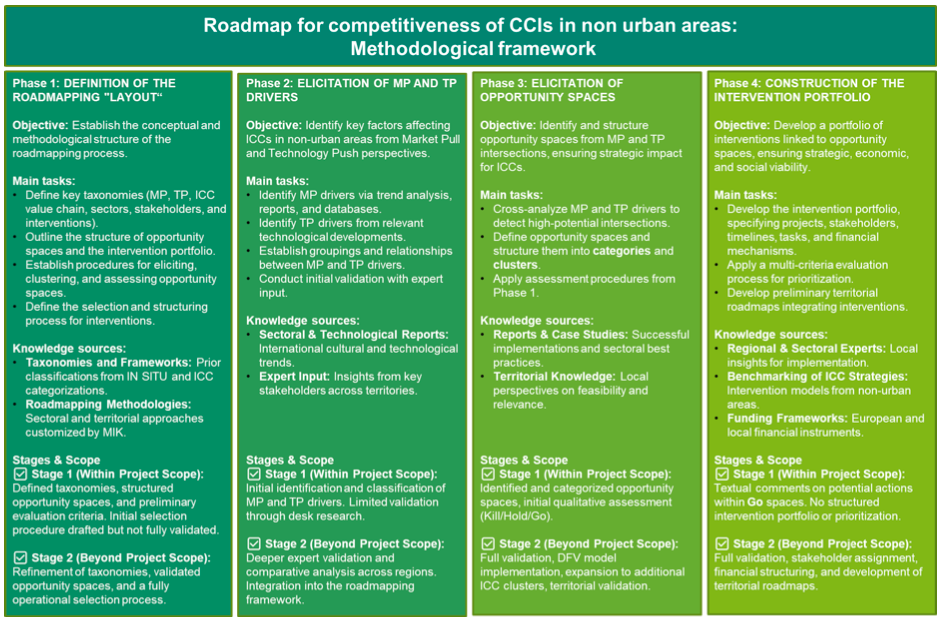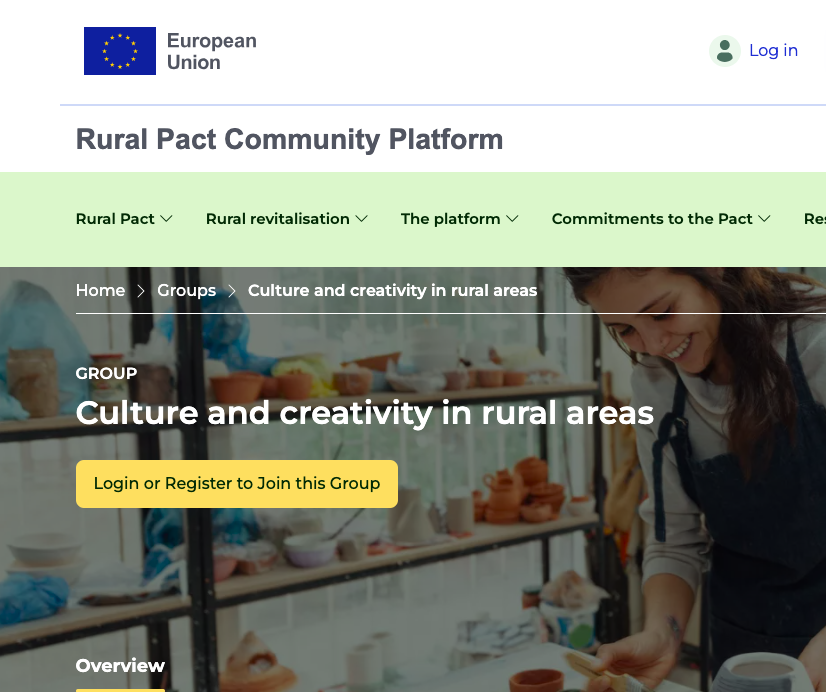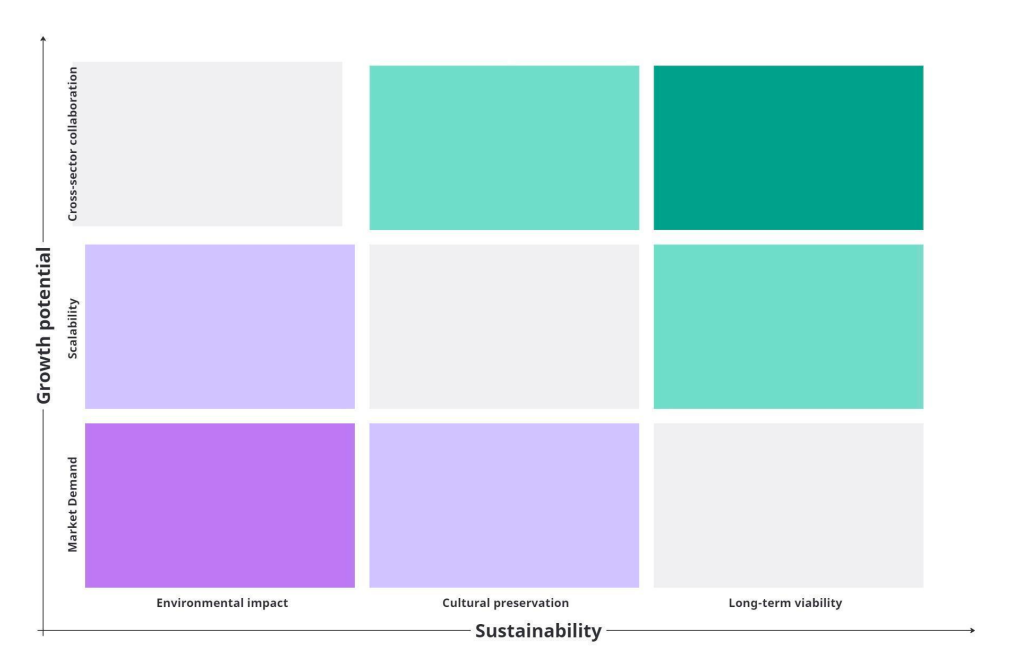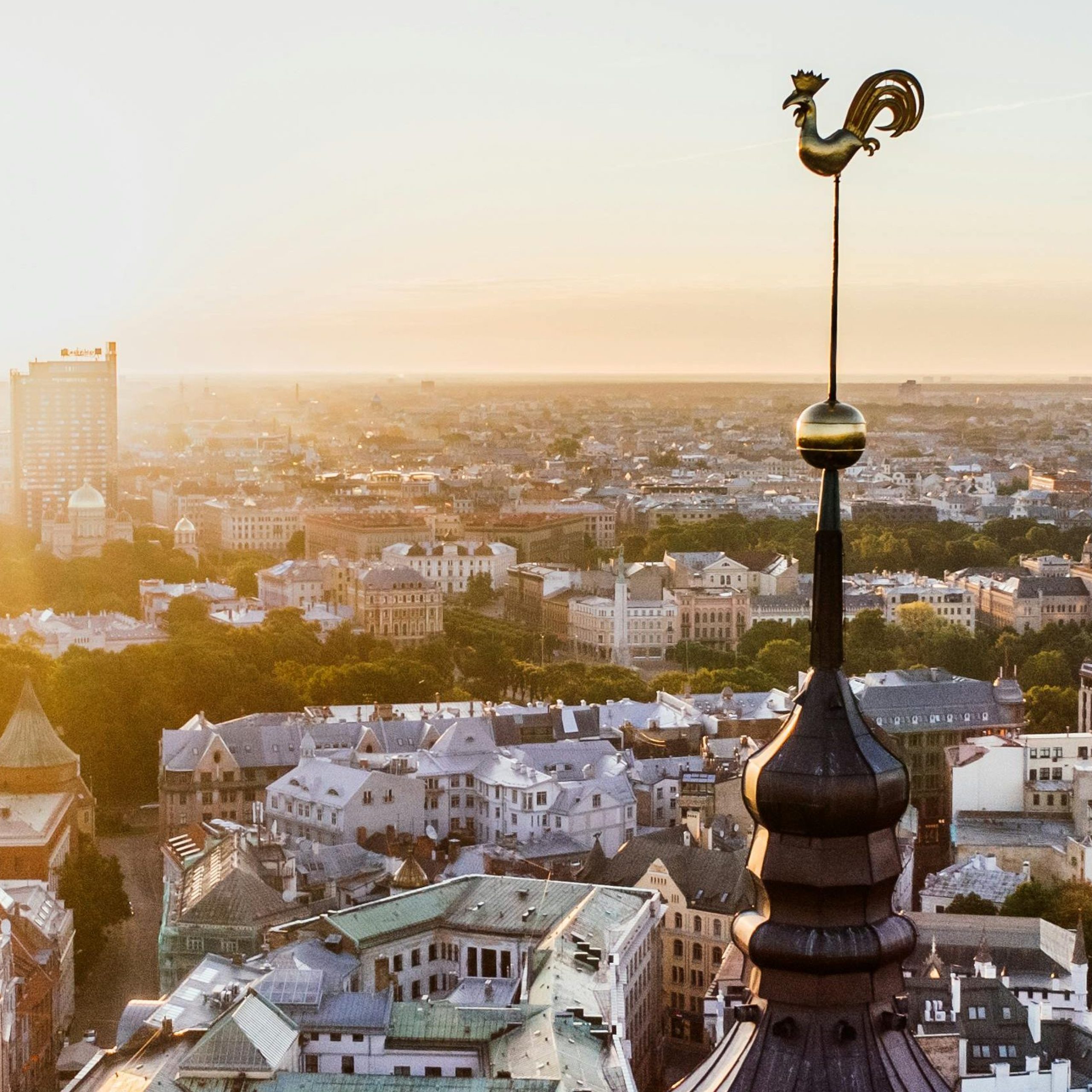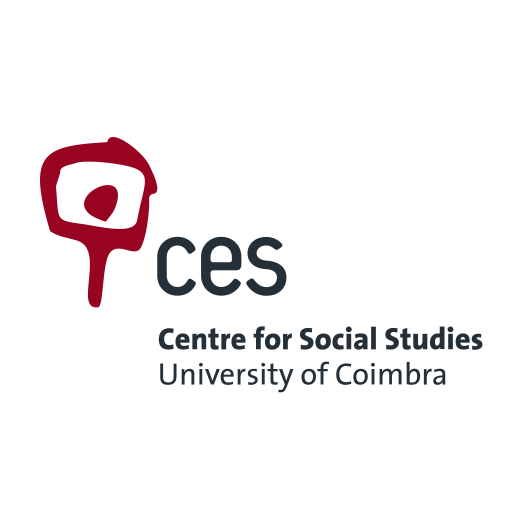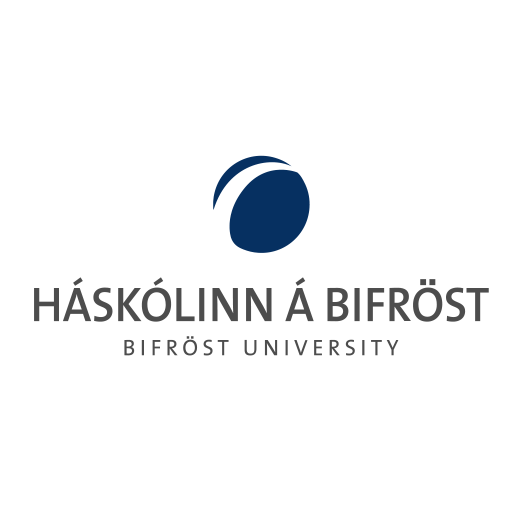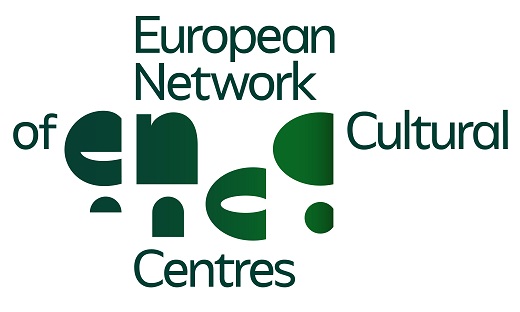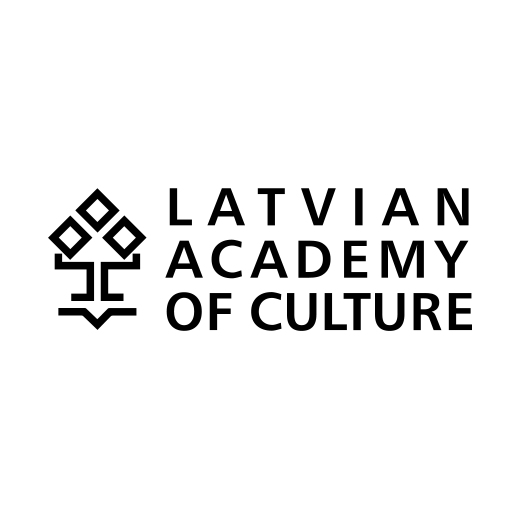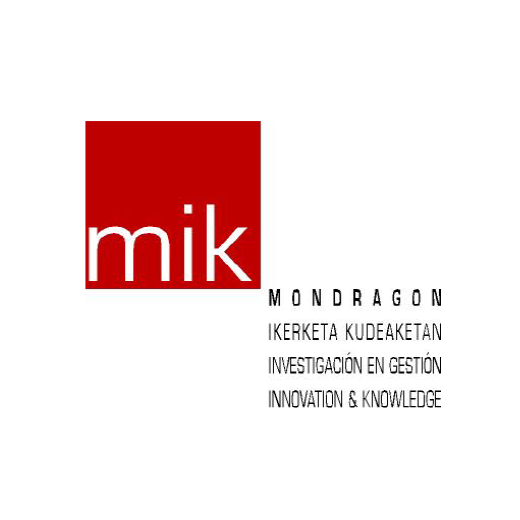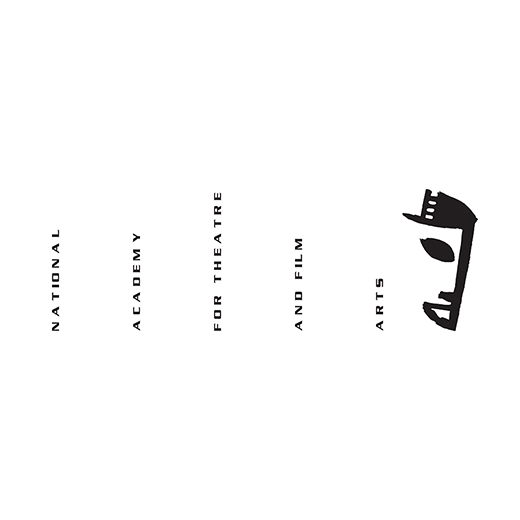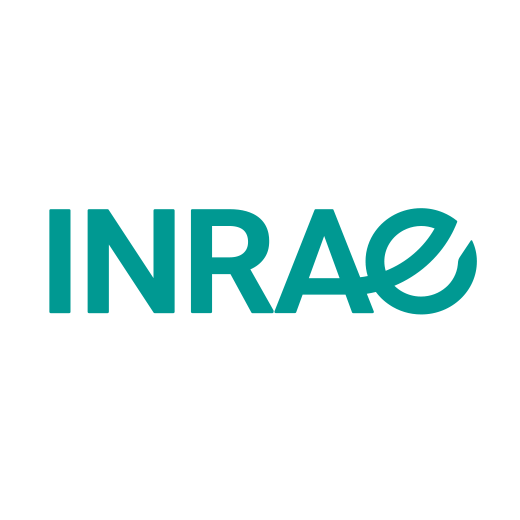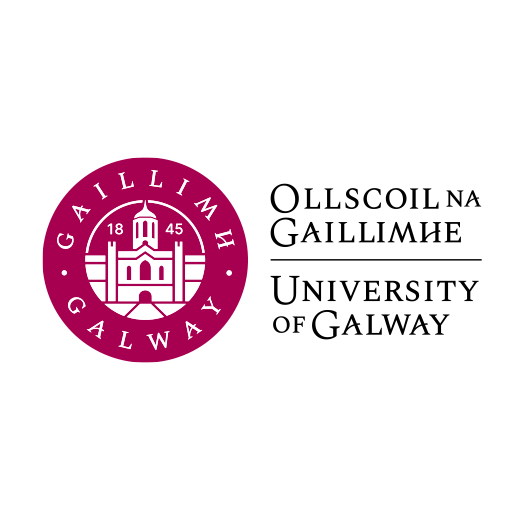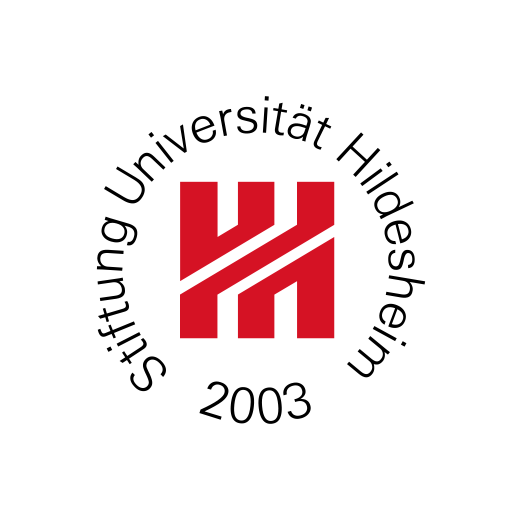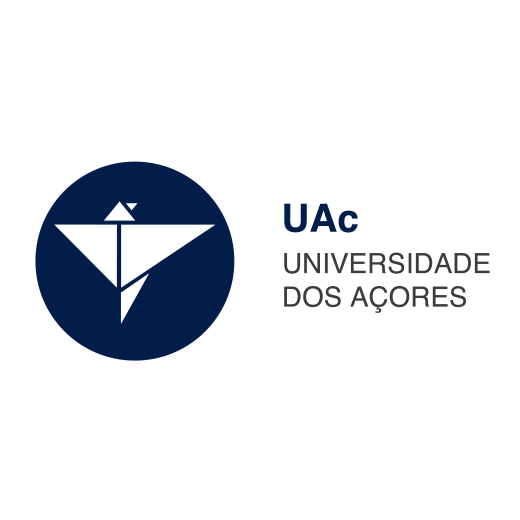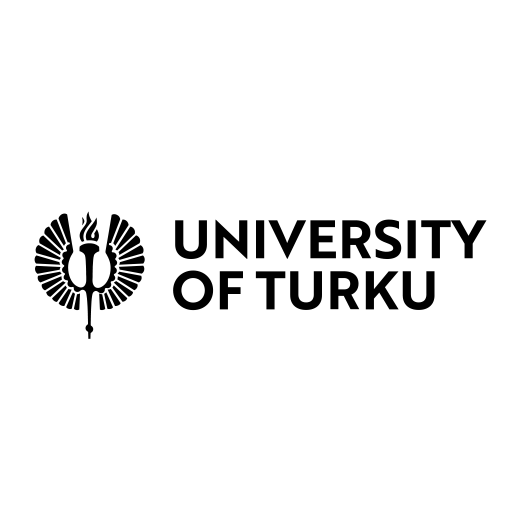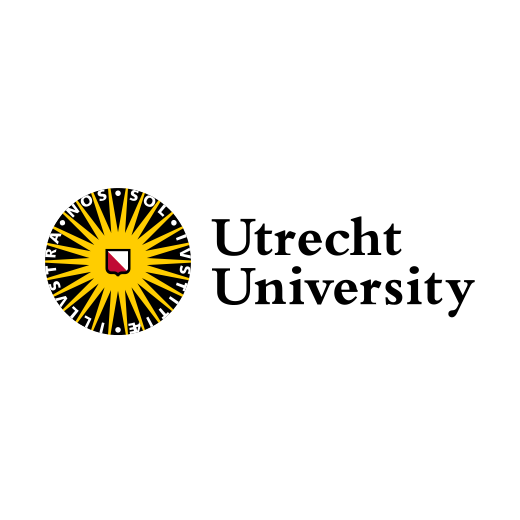In this issue, we are introducing the six IN SITU Labs. In each newsletter, we will highlight one of the six Labs – this time, the IN SITU Lab of the Azores archipelago, Portugal.
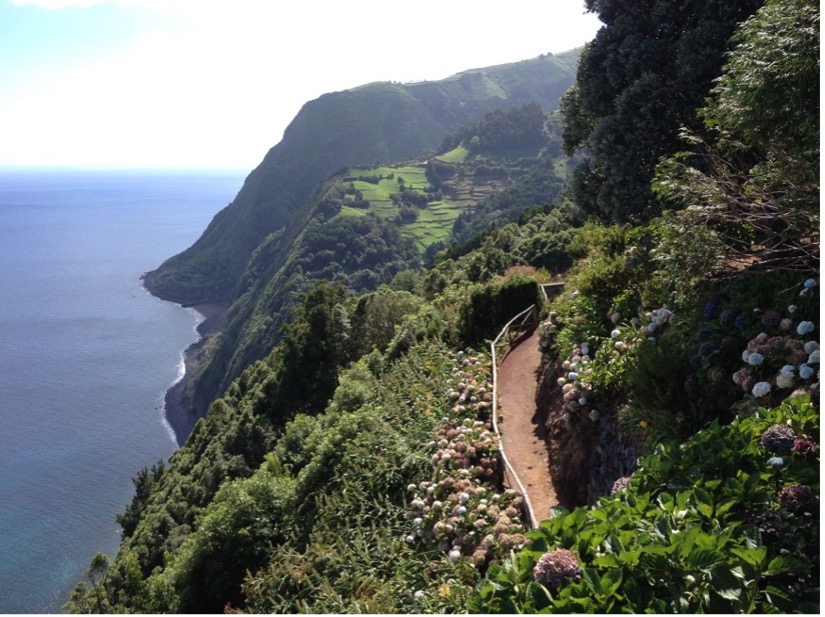
IN SITU Lab – Azores
Partner: University of the Azores
This IN SITU Lab is situated in the Azores archipelago, located in the mid-Atlantic Ocean. It is an Autonomous Region of Portugal. The Lab is led by a team from the University of the Azores: Pilar Damião de Medeiros (lead), Maria Leonor Sampaio, Maria Isabel Albergaria and Daniela Soares.
The development and growth of cultural and creative activities is strategic for the region, and for its largest city, Ponta Delgada, in particular. Cultural and creative activities are important as a source of income for the region’s cultural and creative agents and for the development of the territories in which they live. Ponta Delgada, with an Azores-wide vision and framework of activities, is on the shortlist for the title of European Capital of Culture 2027 in Portugal.
Key issues identified for the cultural and creative industries in the Azores include: to strengthen transversal and cross-sectoral work, and encourage discourse and debate among local actors and stakeholders; to professionalize business practices of cultural agents; and to expand the mediation actions of the public authorities, among others.



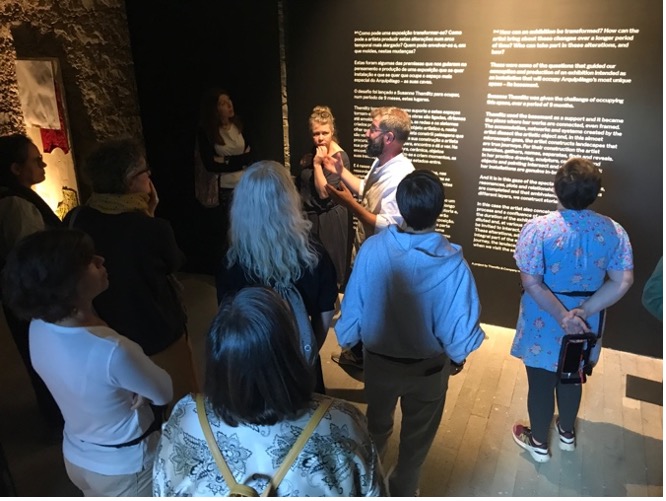
IN SITU Lab – Western Ireland
Partner: University of Galway
The Lab is situated on the Western coastal periphery of Ireland. The Lab is led by a team from the University of Galway: Patrick Collins (lead), Ulf Strohmayer, and Mark Rainey.
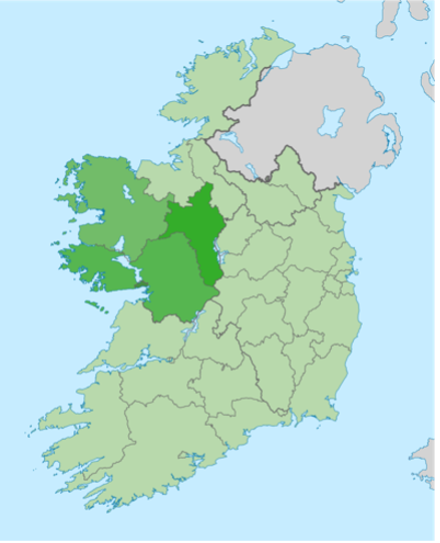

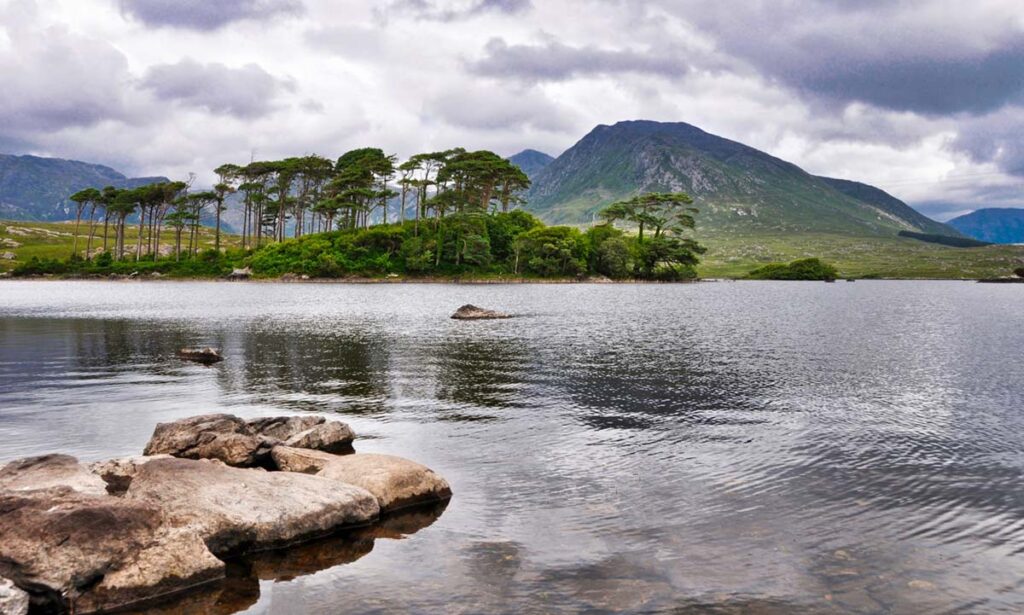
A total of 450,000 people live in the region, which represents a low population density marked by a significant level of outmigration in the under 30s, especially in more peripheral places, with in-migration to larger urban settlements. Key challenges in the region are related to economic sustainability and the lack of opportunities and attractiveness for the youth of the region. The west of Ireland faces a dual threat of sustainability with high house prices and limited job opportunities. Lacking in regional and local autonomy, the Regional Social and Economic strategy has placed an emphasis on sustainable development.
Overall, the west of Ireland has a vibrant cultural and creative industries sector, which was responsible for just over half a billion euro in turnover in 2018. While inspired by its geography, it is also constrained by it. Key issues in this field are lack of connection, geographic remove, low networking opportunities, and infrastructure requirements.

IN SITU Lab – Western Iceland
Partner: Bifröst University
This Lab is situated in Western Iceland. The Lab is led by a team from Bifröst University: Erna Kaaber (lead), Anna Hildur Hildibrandsdóttir, and Vífill Karlsson.
The West Region is deeply rooted in the settlement heritage and sagas, historic places and the sagas documentation. In this area, there are 16.700 inhabitants in ten municipalities. The largest community in West Iceland is Akranes, in the southernmost part of the region, with 7400 inhabitants.
Traditionally characterized by fisheries and agriculture, the area also has a growing tourist industry, and the economy in the region today is mostly built up by fishery, agriculture, industry, and tourism. As tourism has played an increasing role in the economy of the area, it presents an opportunity to be a support for growing the cultural and creative industries. There is both public and political will to develop the creative industries in the region. This is one of the goals of the Regional Plans of Action that are set in a collaboration with governmental agents, industries, academics, and the public. Key issues identified in the cultural and creative industries sector include the need for open access to advice and support for cultural innovation projects, opportunities to cooperate with companies and projects in other industries, establishment of innovation centers, and the introduction of innovation and creative industries at all school levels.
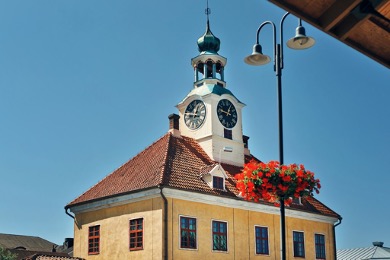
IN SITU Lab – West Coast Finland
Partner: University of Turku
This Lab is situated at Rauma and Eurajoki, in the West Coast and Baltic Sea archipelago, in Finland. The Lab is led by a team from the University of Turku: Maunu Häyrynen and Katriina Siivonen (co-leads), Paulina Latvala-Harvilahti, Marjo Heino, and Aleksandra Nenko.
The adjoining Bothnian Sea archipelago is a fringe of smallish islands by the Baltic Sea that borders Sweden. There are about 30.000 inhabitants in the rural areas of the IN SITU Lab, mostly Finnish-speaking. The local level of employment is fair, the most important sector being services and the second, primary production (agriculture and fisheries). There are less higher education degrees than the national average.
Cultural and creative activities in the area include visual and participatory art, nature photography, music, dance, drama as well as traditional crafts such as carpentry and wooden shipbuilding. The overall number of rurally based CCI actors is small, self-employed or employed in small enterprises, and the respective fields of culture are diverse. There is good access to cultural institutions and services in the area or nearby cities as well as vibrant volunteer cultural activities. The network of development and voluntary organizations is active in the region.
However, the CCI field is fragmented and has no clear strategic goals in the current situation. Stronger connection is needed between CCIs, different actors in local and regional planning, and tourism and conservation actors. Meanwhile, awareness about the significance of CCI actions to strategic goals in the local and regional context is increasing, with culture and cultural heritage being recognized as resources for well-being, social resilience, and the integration of immigrants. Maritime cultural and natural landscapes and cultural heritage sites are seen as specific pull factors for the local economy.
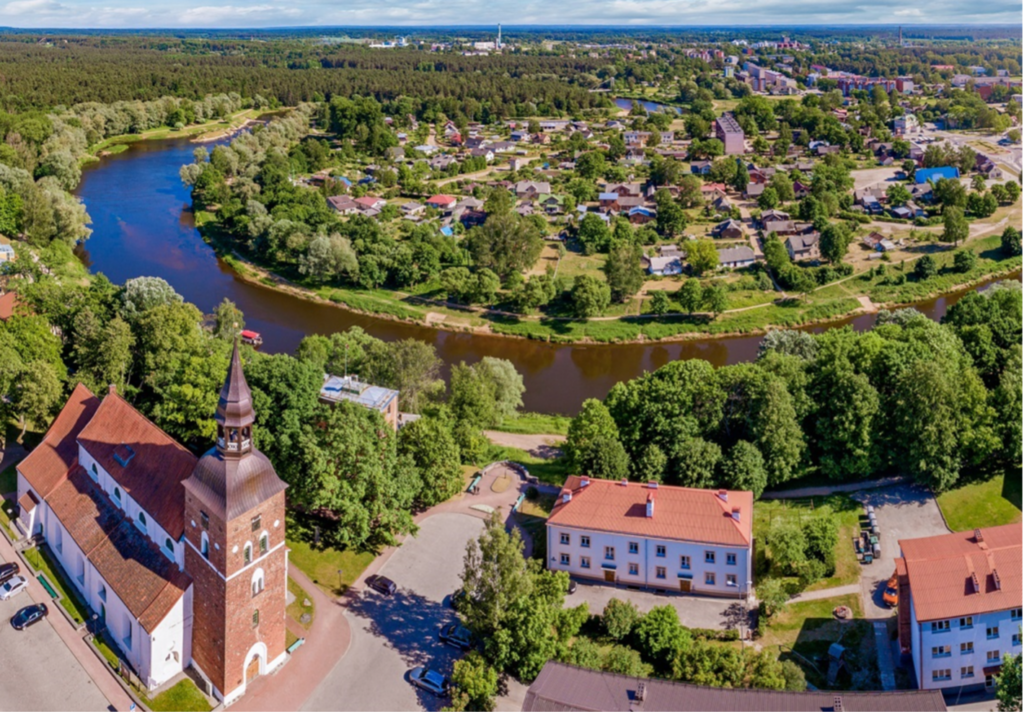
IN SITU Lab – Valmiera county, Latvia
Partner: Latvian Academy of Culture
This Lab is situated in Valmiera county, northeastern Latvia. The Lab is led by a team from the Latvian Academy of Culture: Ieva Zemite (lead), Ilona Asare, Ilona Kunda, Anda Lake and Baiba Tjarve.
Valmiera county is located in the northeastern European periphery, inland, on the border with Estonia. The city of Valmiera is an old medieval town, and a member of the Hanseatic league. Overall, Valmiera county has a total of 54.642 inhabitants; the county’s urban centre, Valmiera, has 23.000 inhabitants (46%) and its rural surroundings contains four very small towns and villages of 31.000 inhabitants altogether (54%). The number of inhabitants is decreasing (as in the whole country).
The potential of the cultural and creative industries (CCIs) has been traditionally undervalued, and the development of the CCIs sector has only recently arrived on the public agenda. In 2021, Valmiera was on the shortlist for the title of European Capital of Culture 2027 and has prepared a long-term cultural strategy, including planning interdisciplinary cooperation with other sectors.
Valmiera county has a rich cultural heritage (~100 CH sites, 310 craftsmen), a state theatre and a renowned theatre festival, 176 municipal cultural institutions, and ~50 creative enterprises. These resources can form a base to foster the competitiveness of Valmiera county, strengthening the links between industrial and creative sectors. Key issues identified in the area’s CCIs sector are related to limited cultural tourism (Valmiera county is not among the popular destinations), no systematic support for the development of creative industries, and limited international exchange.
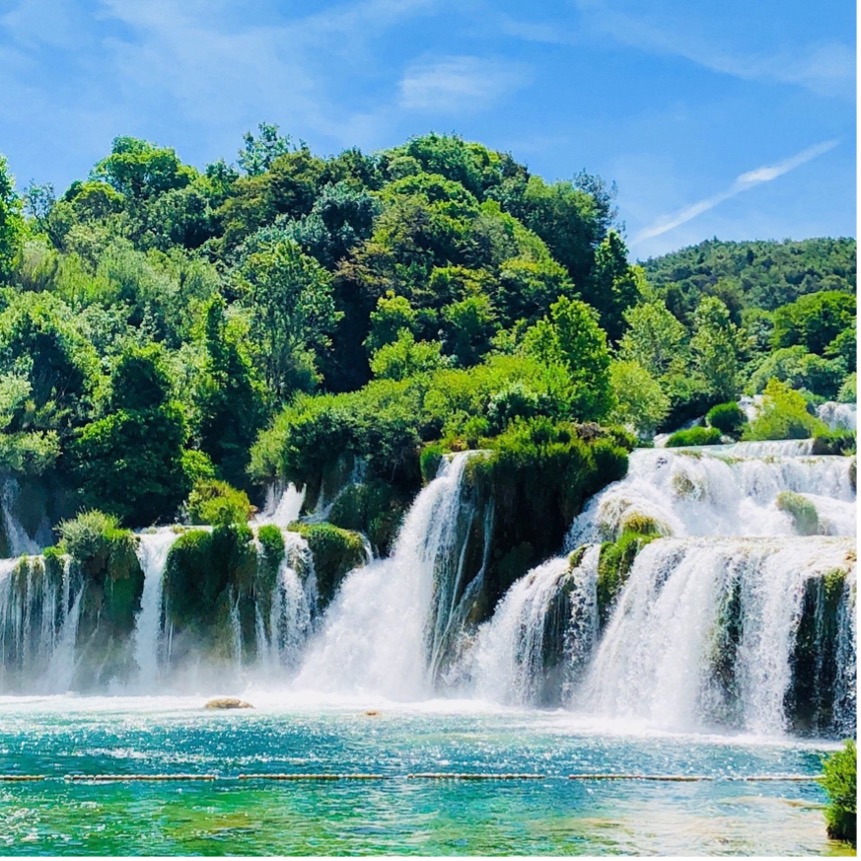
IN SITU Lab – Šibenik-Knin County , Croatia
Partner: Kultura Nova Foundation
This Lab is situated in Šibenik-Knin County, located in the southeastern European periphery, on the Croatian Adriatic Coast. The Lab is led by a team from the Kultura Nova Foundation: Dea Vidovic (lead), Marta Jalsovec, Tamara Zamelli, and Antonija Letinic.
The total area of Šibenik-Knin County is 5,670 km2 (2,994 km2 land, 2,676 km2 sea) including 285 islands. The Šibenik-Knin County has 96.624 inhabitants and Šibenik (administrative centre) has 42.589 inhabitants (2021 statistics). The economic and transport isolation of this area has conditioned negative demographic and socioeconomic trends that are expressed in higher at-risk-of-poverty rates.
In terms of cultural characteristics, the focus of the area is on the preservation and valorization of its natural and cultural heritage based on the sustainable governance of its rich archaeological heritage, concentrated in the coastal local communities. Different cultural and creative industries (CCIs) actors operate in the county, with the public institution Fortress of Culture Šibenik as a key organization. This organization manages two revitalized Šibenik Fortresses and House of Arts Arsen, the city stage for music and stage events, cinema screenings, plays, and exhibitions.
Key issues identified in the CCIs sector in this area are:thelack of financial capacities of stakeholders, especially civil society organizations and freelance artists; artists’ under-capacity to cope with administration and complicated legislation; brain-drain, insufficient, and underdeveloped human resources; a lack of working spaces, especially for civil society organizations; and the need for better intersectoral cooperation and stronger municipal support to realize the potential of the cultural and creative industries in the region.
